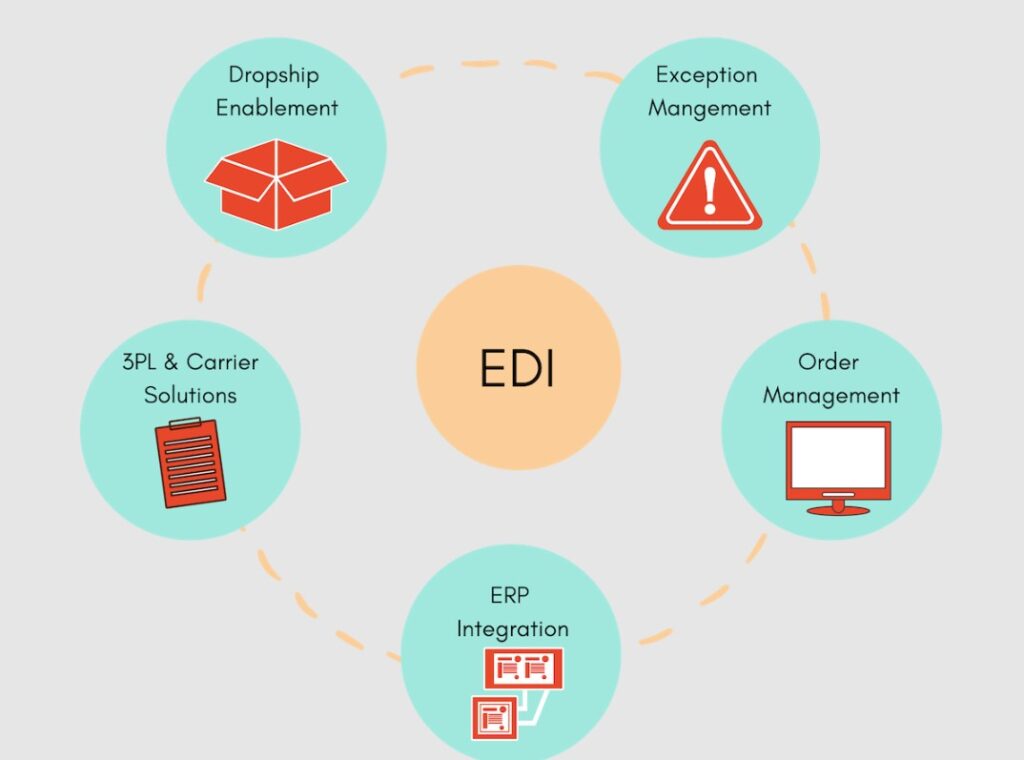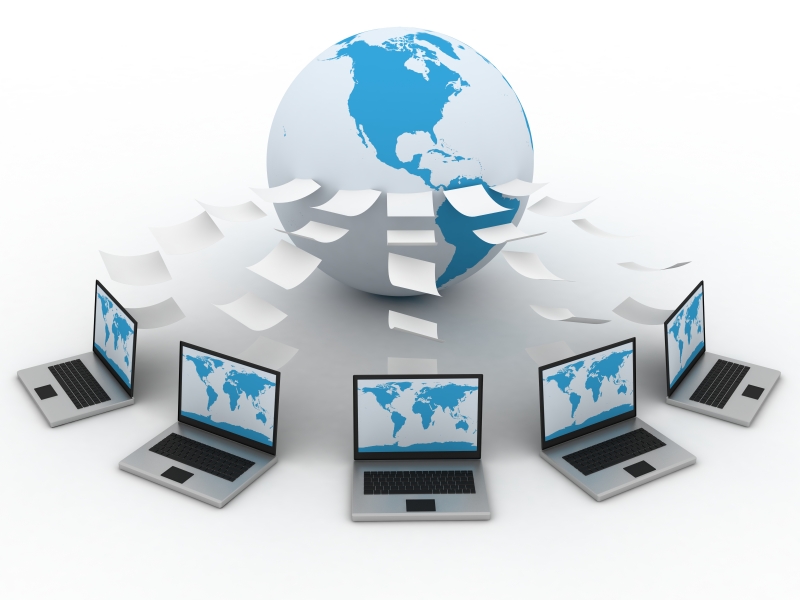If you’re in business, then you’re undoubtedly familiar with the term “electronic data interchange.” EDI is a standard for exchanging information between businesses electronically, and it’s a crucial part of doing business today. In this article, we’ll explore what EDI is and how it works, and we’ll give you a few examples of how it’s used in the real world. So read on to learn more about EDI!
What is Electronic Data Interchange (EDI)?
What is EDI? Electronic Data Interchange, or EDI, is a process of transferring data electronically between organizations. EDI helps to speed up the transactions between companies by eliminating the need for paper-based processing. EDI uses standardized communication protocols and messaging formats to help ensure the accuracy and completeness of data transmissions.
EDI is commonly used in the banking, corporate, government, and manufacturing sectors. It is also used to transmit orders and payments between suppliers and customers. EDI helps to reduce costs and improve efficiency by speeding up the transmission of information.
How EDI Works?

Source: edi3.dicentral.com
EDI is an abbreviation for electronic data interchange. It is a system used to communicate business information between different organizations. EDI uses electronic messages to transmit data between organizations. EDI messages are organized into message exchanges. A message exchange is a set of related EDI messages that are sent between two or more parties in order to complete a business transaction.
EDI is used to transmit information between different organizations, such as companies, governments, and banks. EDI helps to speed up the process of exchanging business information. For example, when a bank needs to transfer money to another bank, they would use EDI to send a message that tells the other bank how much money they want to transfer, and which account the money should be transferred to.
Benefits of EDI
EDI is a process that helps businesses automate the exchange of information between partners. EDI helps to reduce the time and cost associated with transmitting data electronically, making it easier for businesses to communicate and collaborate. EDI also makes it possible to work with remote partners who might not be located in the same city or country.
Some of the benefits of using EDI include:
- Reduced communication costs: With EDI, businesses can reduce the cost of sending and receiving information by automating the process.
- Maximized efficiency: By using standardized formats, EDI allows businesses to send and receive information more quickly and efficiently. This leads to greater productivity and faster decision-making.
- Improved trust: By ensuring that all data is accurate and consistent, EDI builds trust between business partners. This promotes collaboration and fosters overall cooperation between them.
- Enhanced customer service: With automated data exchanges, businesses can provide better customer service by automating tasks that would otherwise be time-consuming or require significant manpower.
Advantages and Disadvantages of EDI

Source: cio.com
Electronic data interchange (EDI) is a process of transferring information between organizations using a standardized set of communication protocols. EDI helps to improve the speed, accuracy, and efficiency of business transactions by automating the exchange of documents and other information between different parts of an organization.
Some benefits of using EDI include increased communication efficiency, improved data accuracy, and reduced paper-based processing time. However, there are also some potential disadvantages to consider when implementing EDI. For example, EDI can be complex and difficult to use for inexperienced users, which can lead to errors and delays in transaction completion. Additionally, some organizations may find it difficult to justify the expense associated with deploying and maintaining an EDI infrastructure given the limited benefits that it typically provides.
What are the Different Types of EDI Standards?
EDI is an acronym for electronic data interchange. It is a process of exchanging information between two or more businesses electronically. EDI standards allow communication to take place between different software applications, which can make it easier for businesses to transact business.
There are three main types of EDI standards: Point-to-Point, Multipurpose, and Requests for Proposals (RFPs). Point-to-point EDI standards allow two business entities to exchange information directly. Multipurpose EDI standards let multiple businesses share information with each other. RFPs allow businesses to submit proposals to each other electronically.
What are the Different Types of EDI Applications?

Source: salesboom.com
Electronic data interchange (EDI) is a process of exchanging information between two or more organizations using electronic means. EDI can be used to automate business processes and reduce the risk of human error. There are several types of EDI applications, each with its own benefits and drawbacks.
The three most common types of EDI are message-based, process-based, and product-based.
- Message-based EDI applications involve exchanging individual messages between two parties. This type of EDI is simple to use but can be slow and difficult to manage.
- Process-based EDI applications involve exchanging batches of messages between two parties. This type of EDI is faster and easier to use than message-based EDI applications, but it can be less reliable because it’s harder for parties to verify the accuracy of messages.
- Product-based EDI applications involve exchanging product data between two parties. This type of EDI is the most complex and expensive, but it can be used to automate complex business processes.
EDI is also used to automate business processes. For example, a company might use EDI to automatically send order confirmation emails to their customers. This would help to speed up the process of ordering products from the company and would ensure that all orders are completed quickly and accurately.
EDI is an important part of modern-day business. It helps to speed up the process of exchanging business information and can automate many processes so that business owners can focus on their core responsibilities.
Conclusion
As the world becomes increasingly digital, businesses must rely on efficient and secure methods of exchanging information. One such process is Electronic Data Interchange (EDI), which allows companies to send and receive data electronically. EDI is a highly technical process that requires the use of specialized software, but it can be an essential part of running your business.



